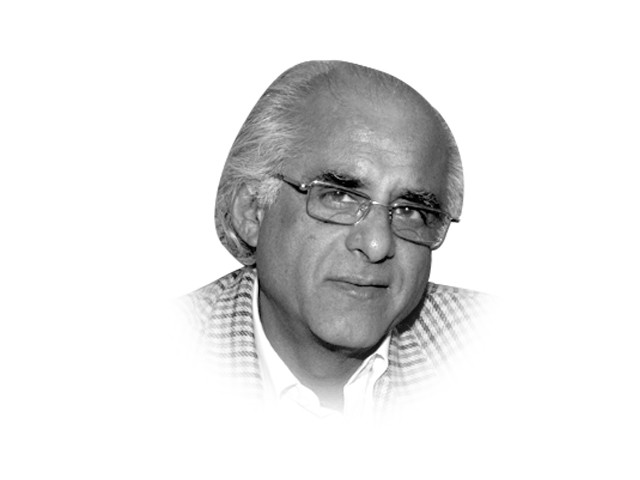Dharti Mata as Channan Pir
Devotees are spread across the religious spectrum: Muslims, Hindus, Christians.

Dharti Mata as Channan Pir
Legend has it that a Muslim saint came to the court of Raja Sandhila, who ruled over this part of Cholistan at some indeterminate time in the past, and asked if there were any Muslims in the country. There were none, he was told. In which case, said this man of god, the king’s pregnant wife was to deliver a son who would be a Muslim and who would eventually convert the whole country to the true faith.
This was too great an affront for the upper caste sensibilities of the king and his queen. Consequently, when the boy was born, the king ordered him to be abandoned in the desert. Weeks later, news came that the infant, being fed by Nature herself, was hale and growing in a cradle miraculously lowered from the heavens.
The repentant king went out to retrieve his son. But as he approached the sand dune, the cradle rose up out of his reach. After several failed attempts, the king resigned to divine intervention and returned. The boy grew up into a handsome young man who worshipped Allah and lived on the sand dune where he was abandoned as an infant. He possessed miraculous powers to grant children, particularly sons, to those who came to him. Because of his radiant, moon-like beauty, he was known as Channan.
Before he passed away, the saint instructed that he be buried on the same dune and that never a dome be raised above his grave. It is said that in the 1920s, the nawab of Bahawalpur tried to build a mausoleum. But when the labourers returned after a night’s rest, they found their work demolished. Several failed attempts led to submission to the dead saint’s wishes.
I went to Channan Pir for the first time in 1992 when I heard the story related above. The object of worship was the sand dune — the supposed burial of the saint — next to a whitewashed mosque. There were indeed men with cattle who came to say salaam to the pir and women with infant sons who came dancing with bagpipes and flutes, bearing cash offerings for the keepers of the dune.
The symbolism was far too stark to be missed by anyone who kept their eyes and ears open. The conversion of the pagan Dharti Mata to Islam was uningeniously disguised by the legend of the Hindu parents giving birth to a Muslim son. For many decades, the worship would have continued as before. But with the number of Muslims growing, the conversion eventually took place to suit their sensibilities. As Dharti Mata was celebrated in spring, so too was the Channan Pir festival.
Until the mid-1990s it was the dune that devotees bowed to — a dune that was under the open sky. A holier-than-thou secretary of auqaf, perhaps offended by the blatant un-Islamic act of genuflecting to a dune, ordered its cementing over to make it appear like a proper grave.
A couple of years ago, photographer friends returning from the festival reported that an ugly domed building had been raised over the cemented dome. This ‘crime’ against ancient tradition was committed by a retired brigadier heading the Cholistan Development Authority. I wonder if local devotees of Channan Pir protested against this gross violation of the saint’s dying wishes. If they did, their protests had no effect against the stonewall of authority.
Human memory is short. I am certain that the tradition against the building of the dome, so essential to the worship of Dharti Mata, is already forgotten. It may well have been lost within a year of the raising of the ugly structure. I have seen this happen at another shrine with another story.
Published in The Express Tribune, April 11th, 2011.

















COMMENTS
Comments are moderated and generally will be posted if they are on-topic and not abusive.
For more information, please see our Comments FAQ